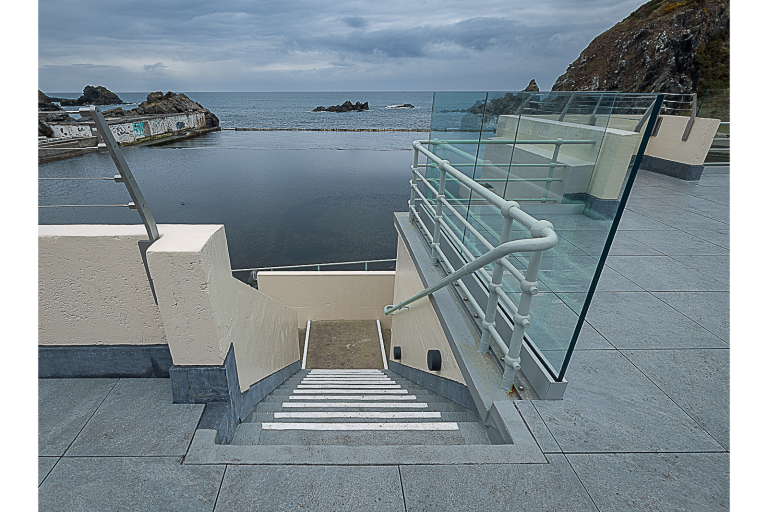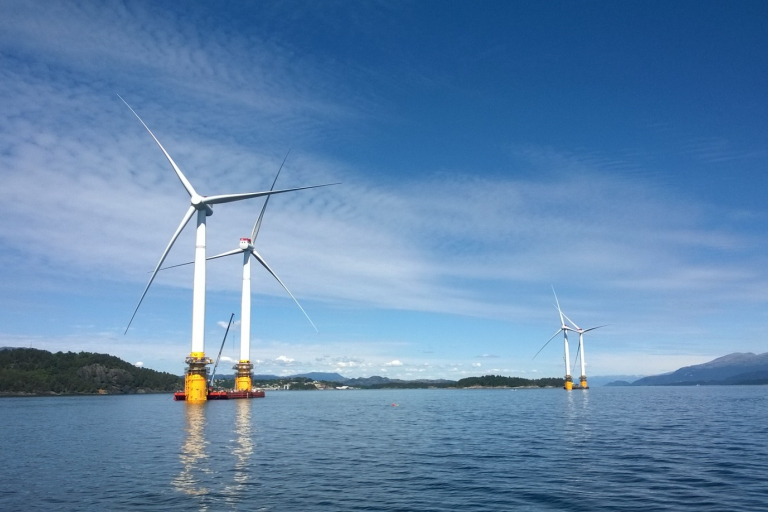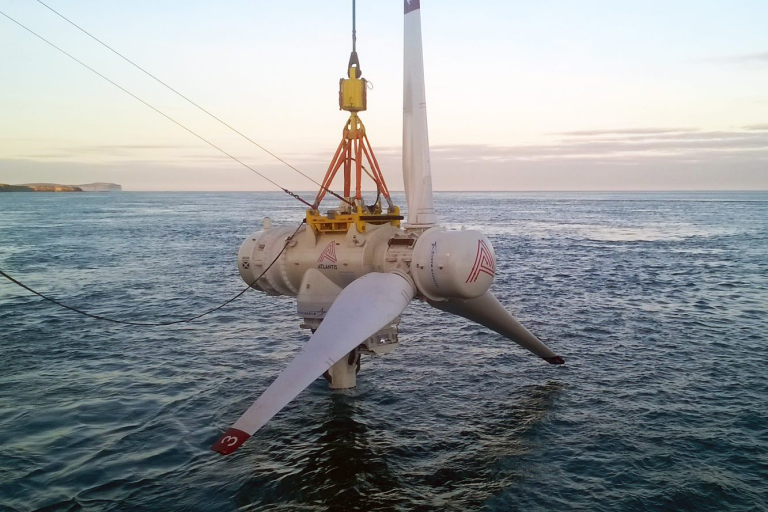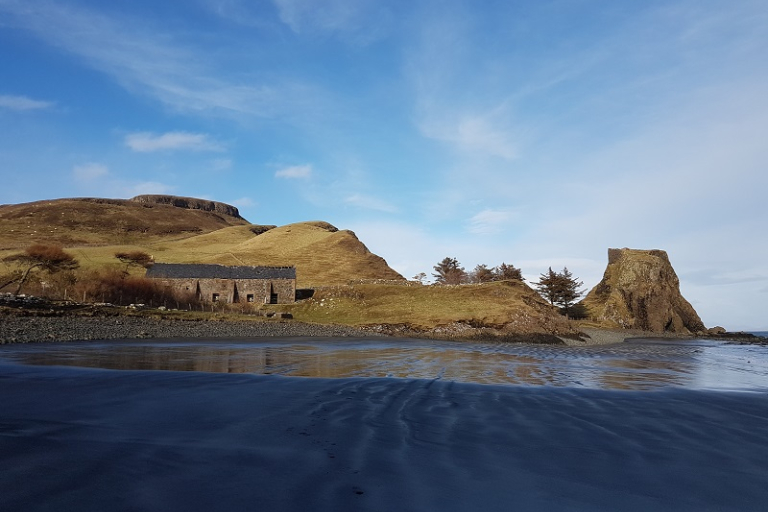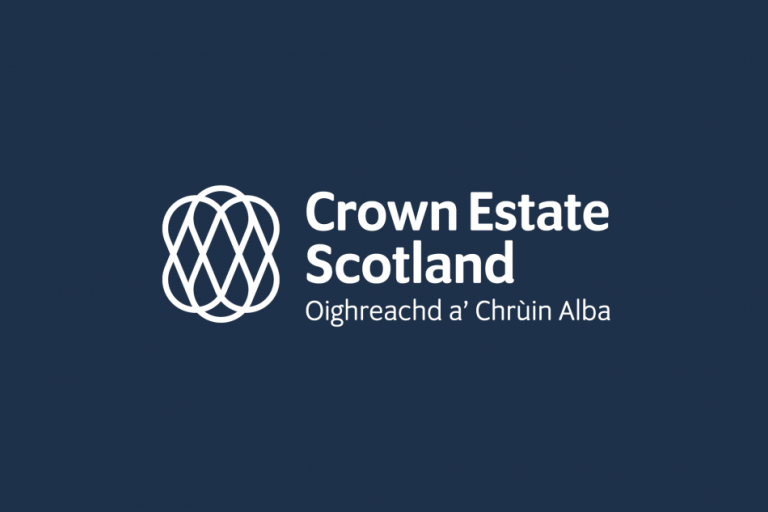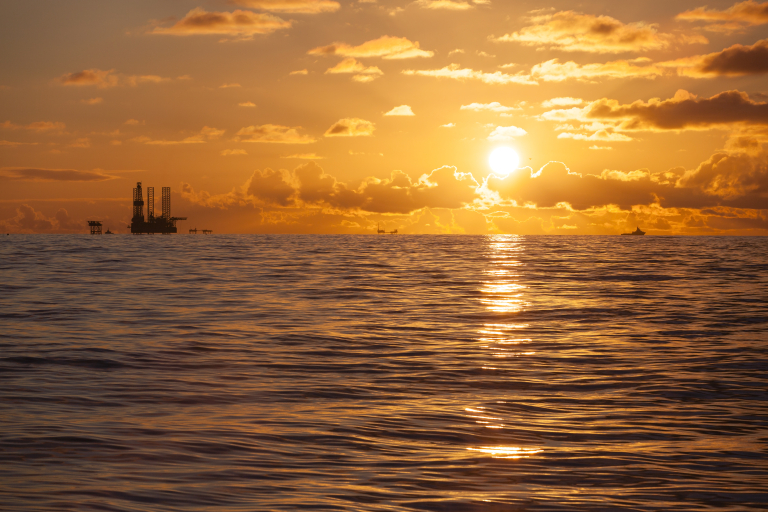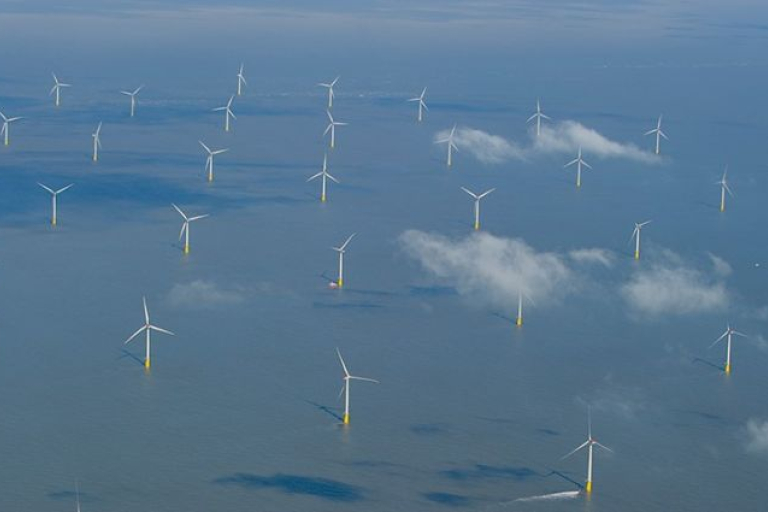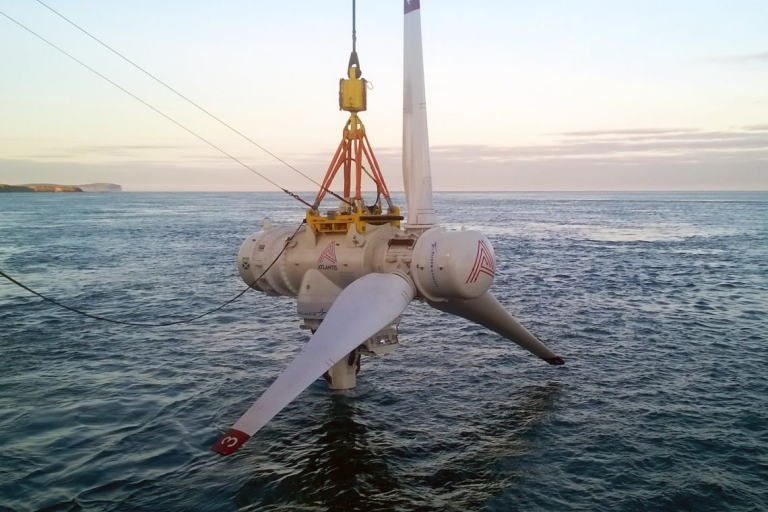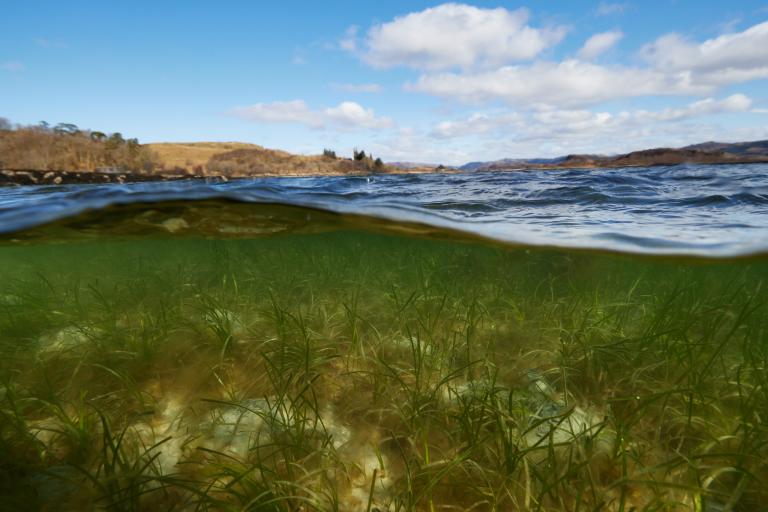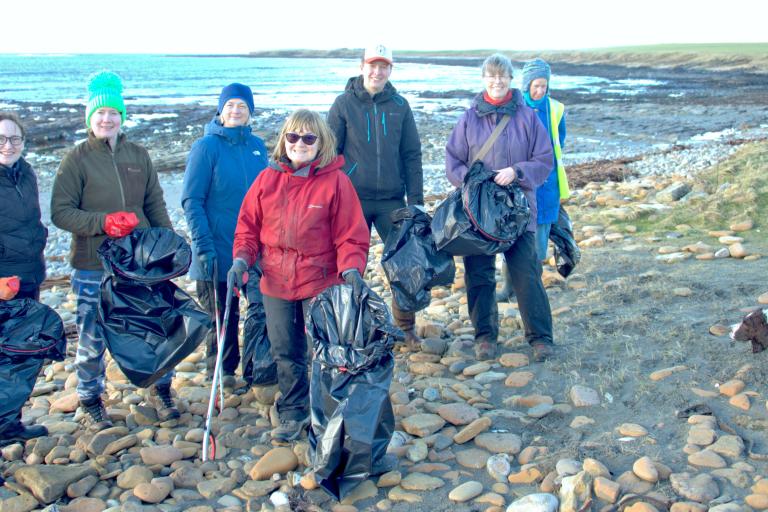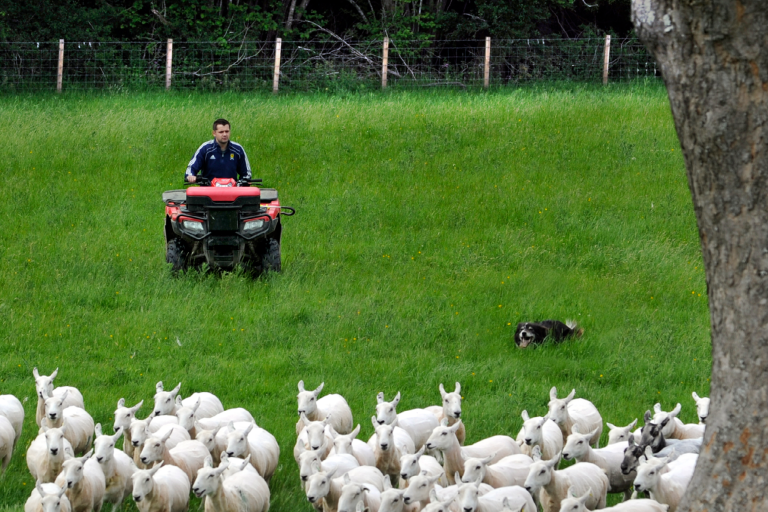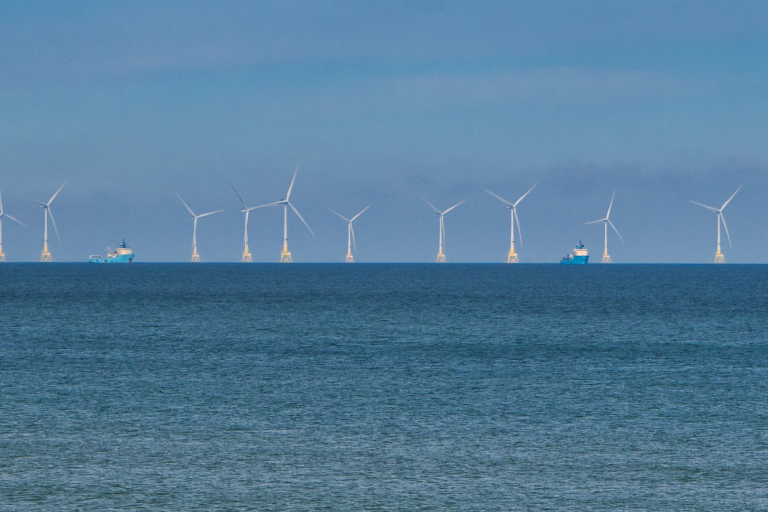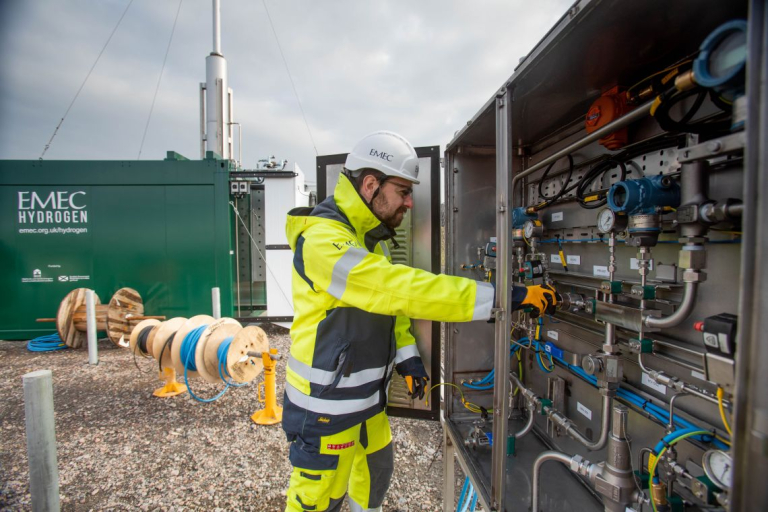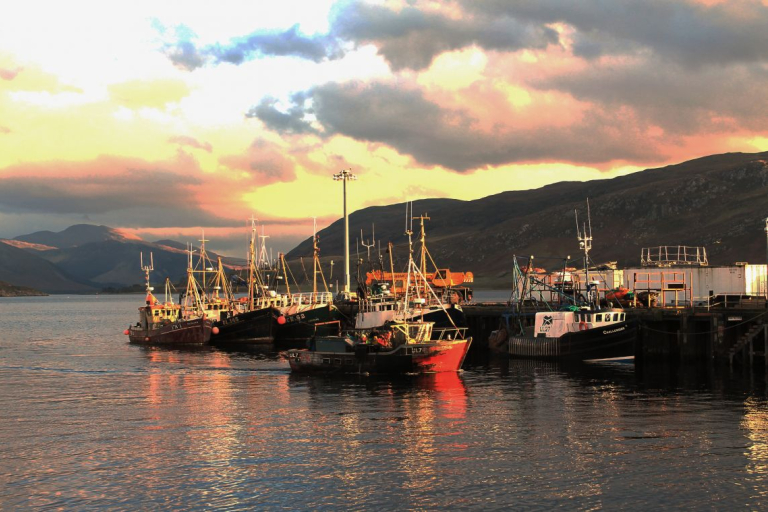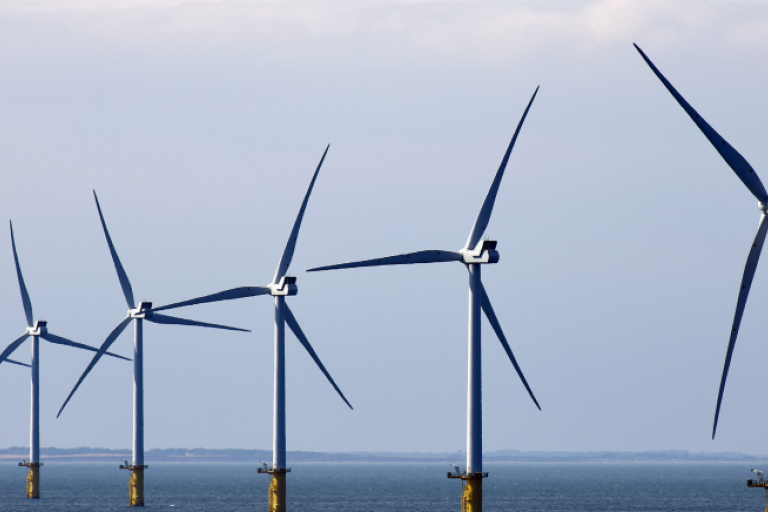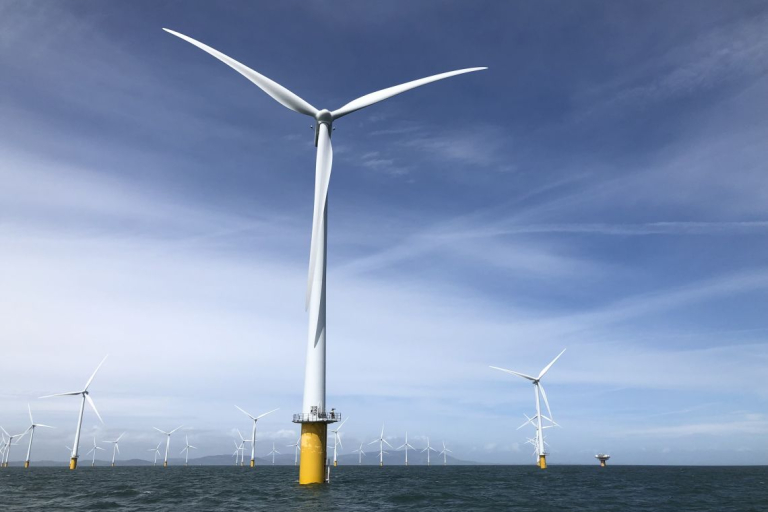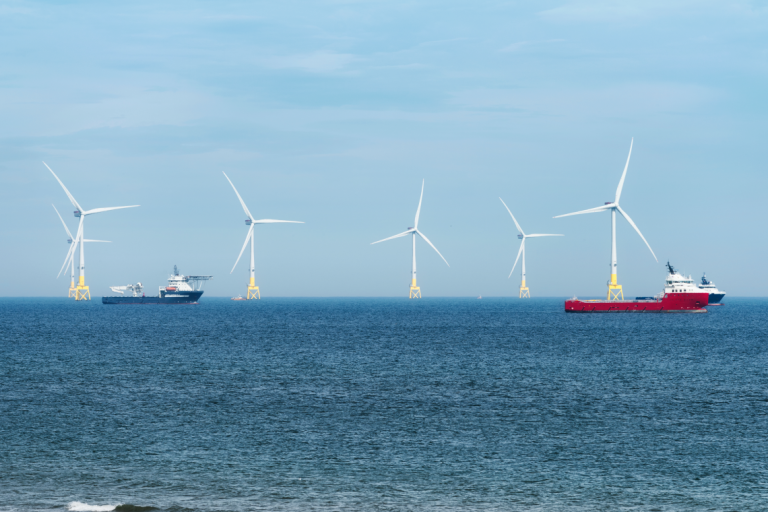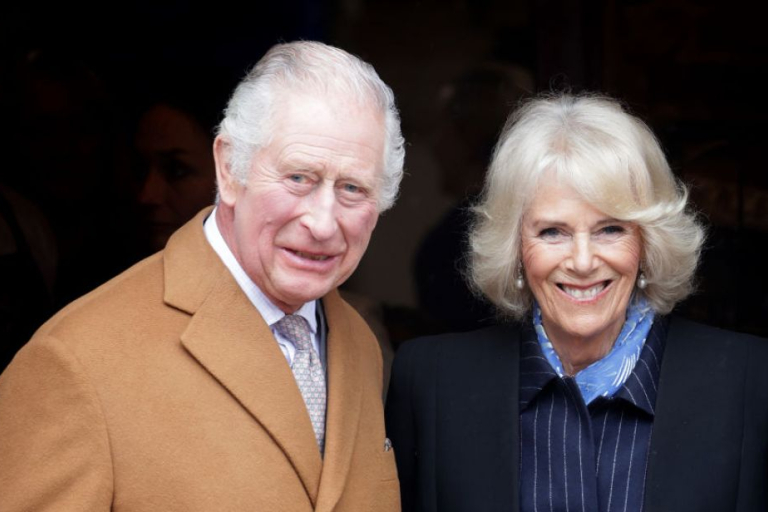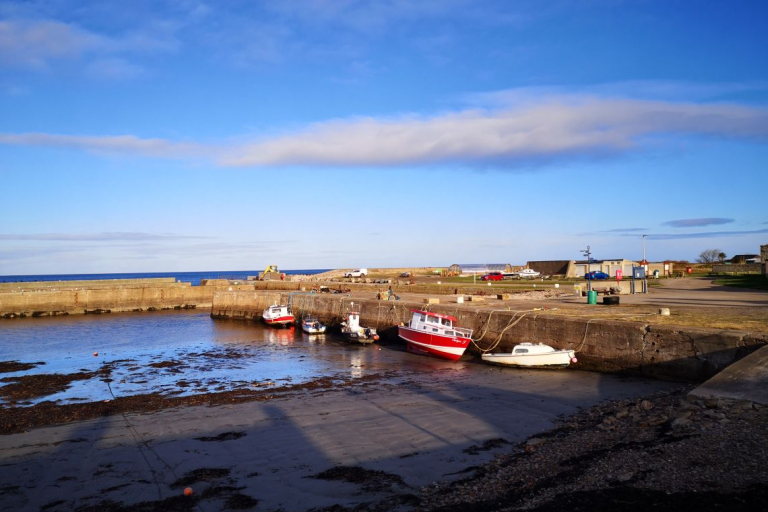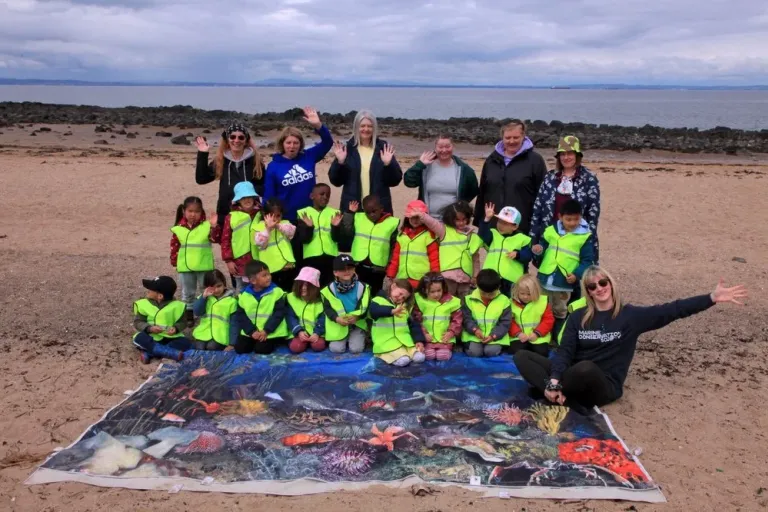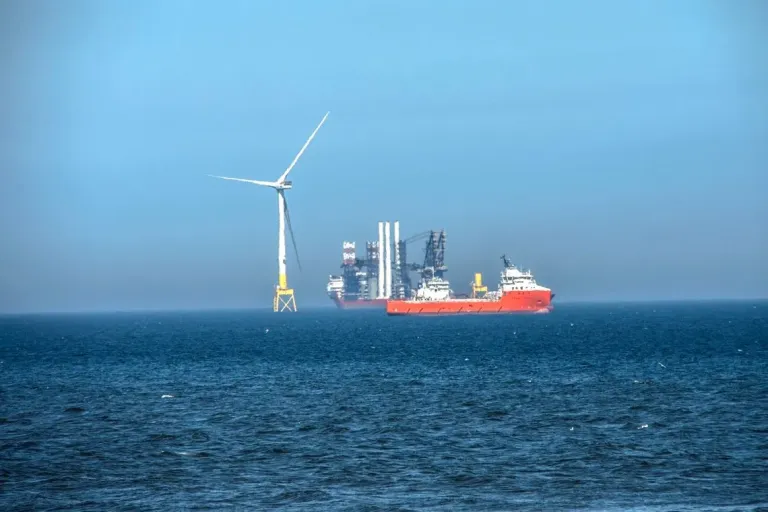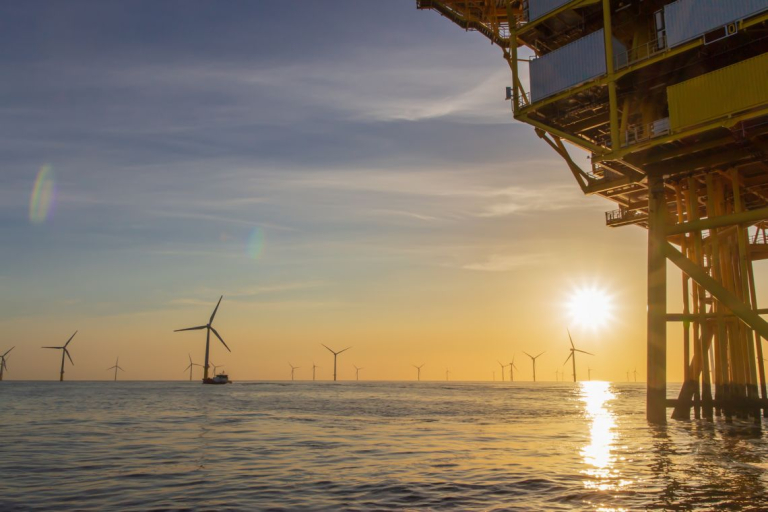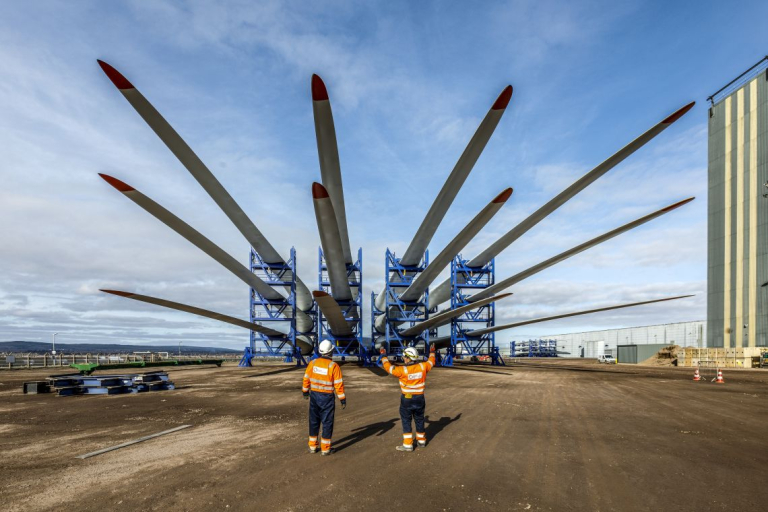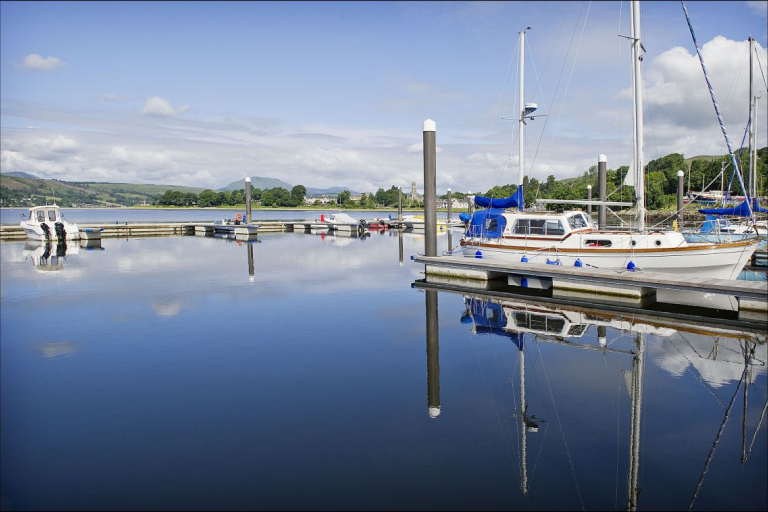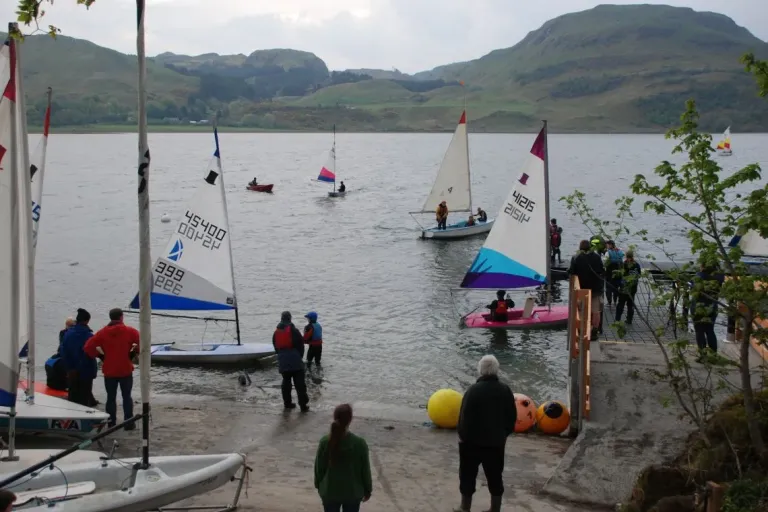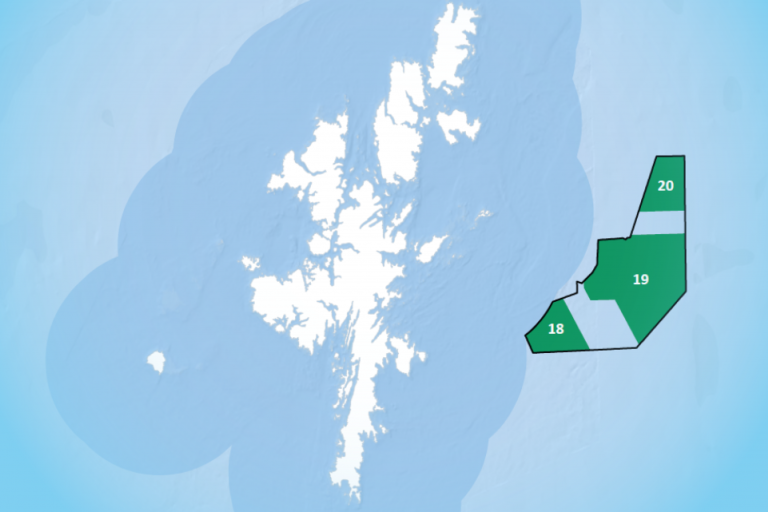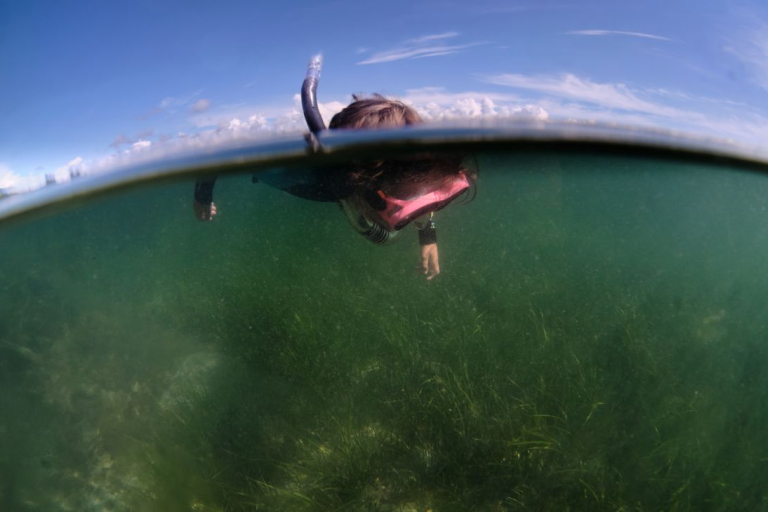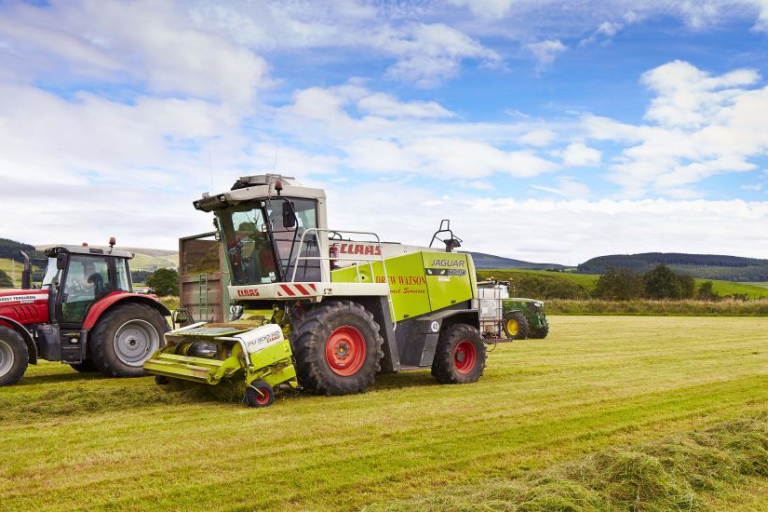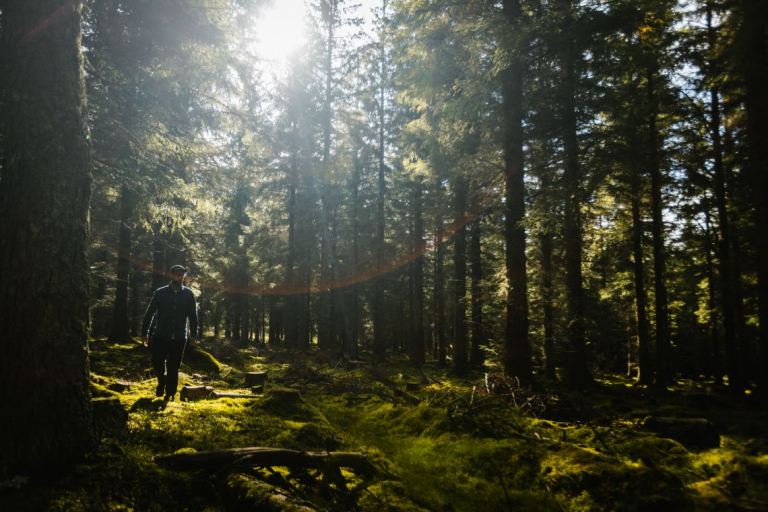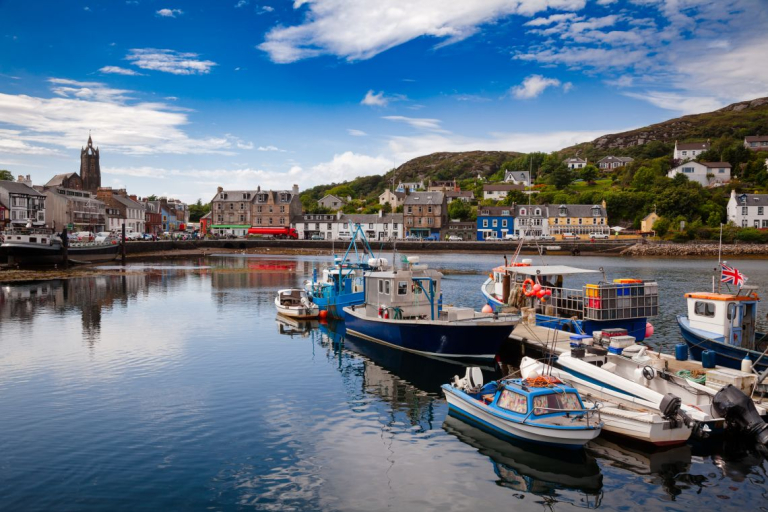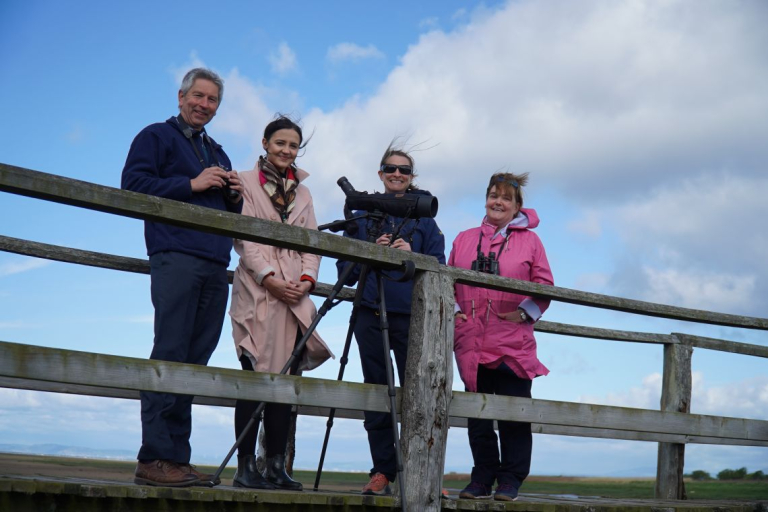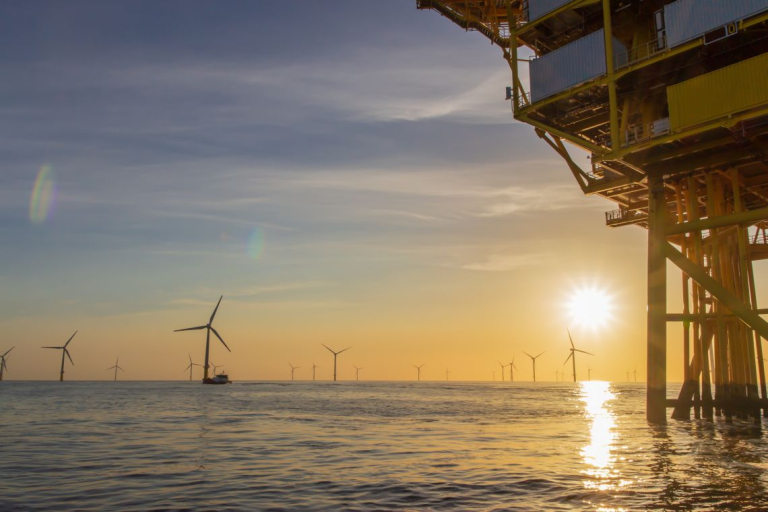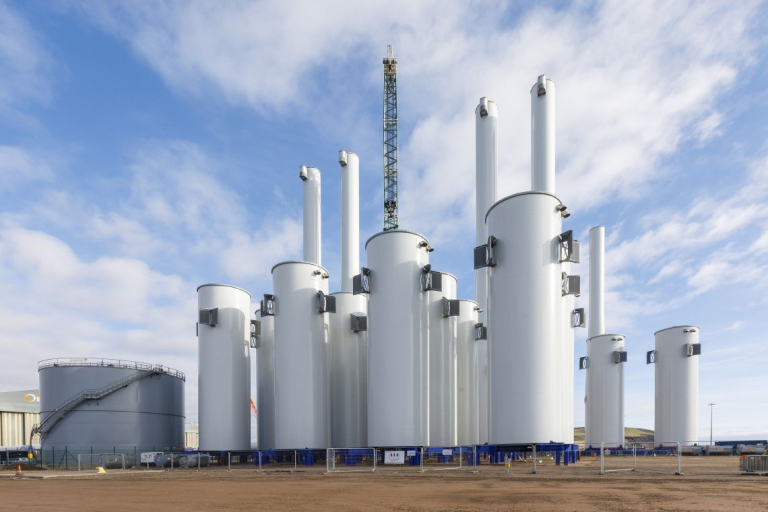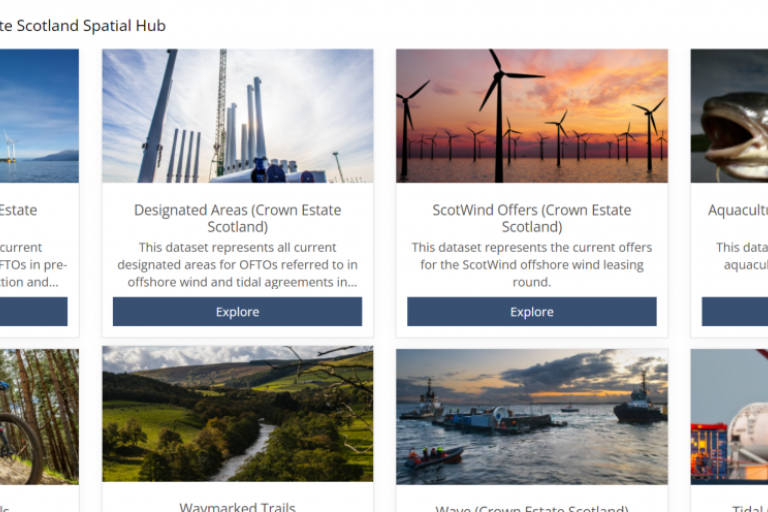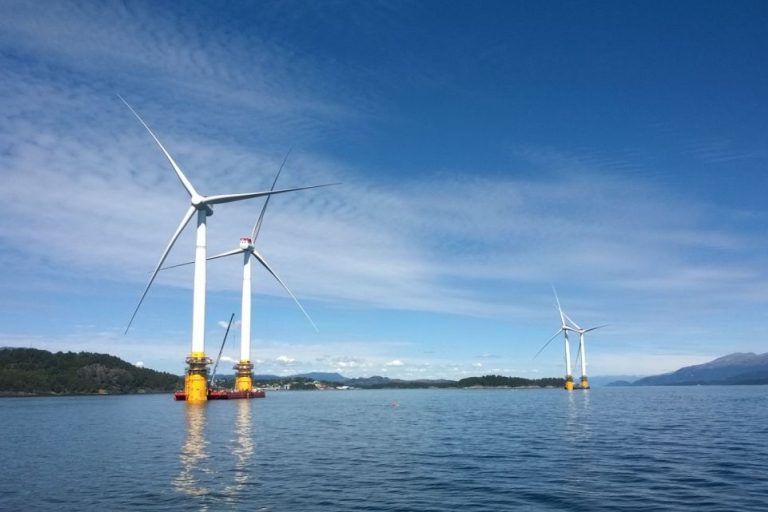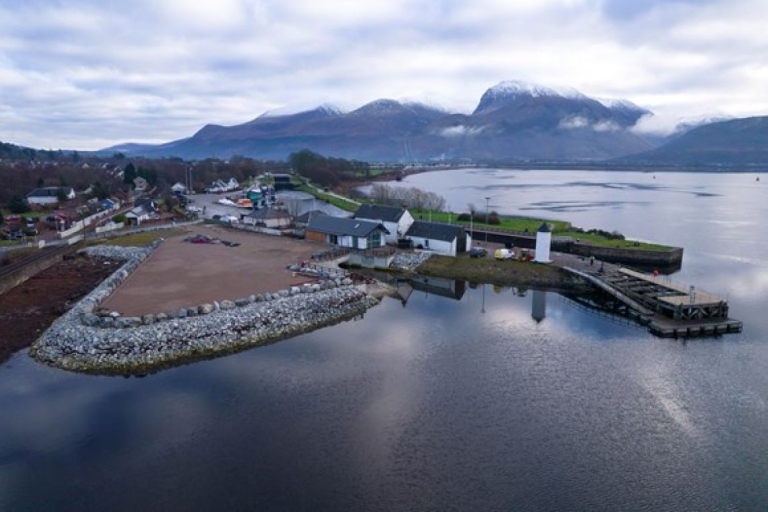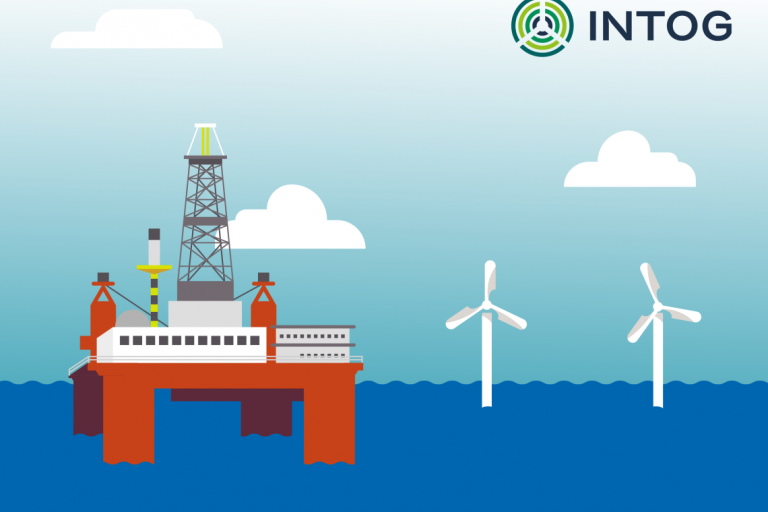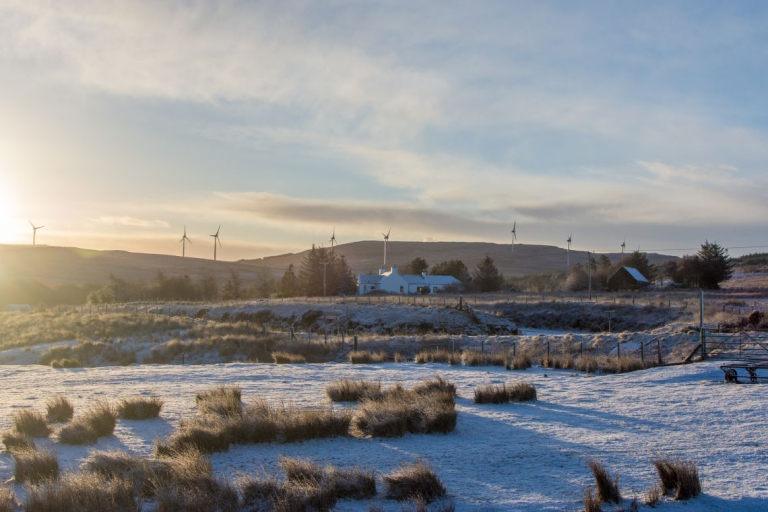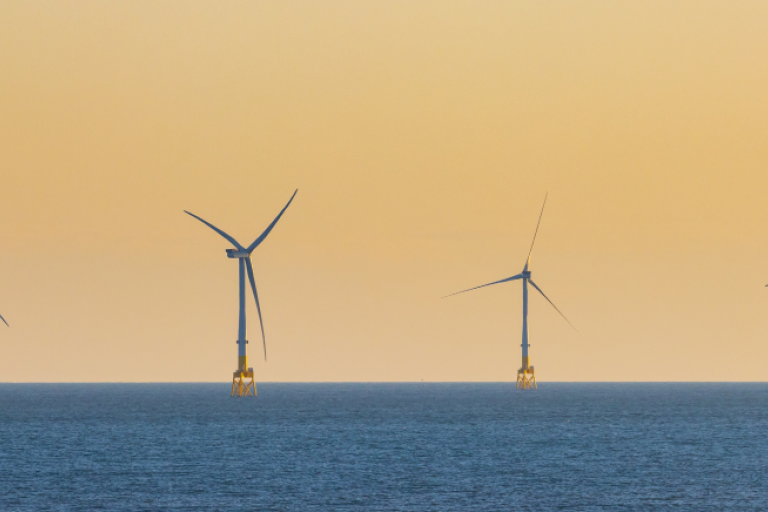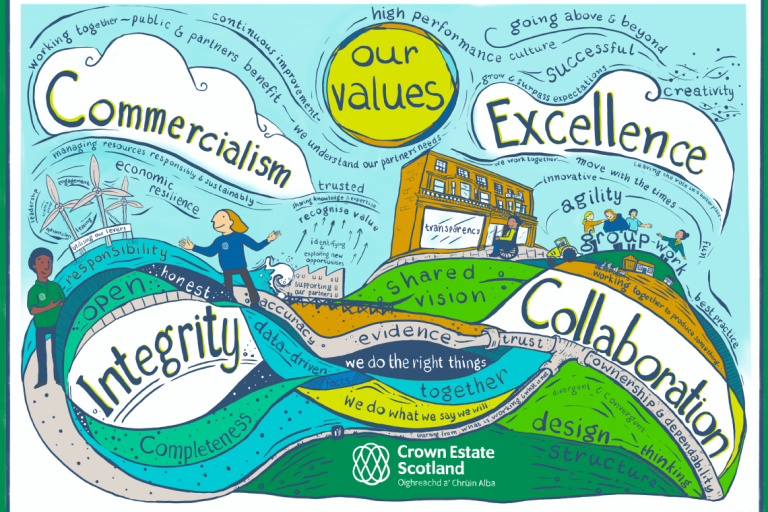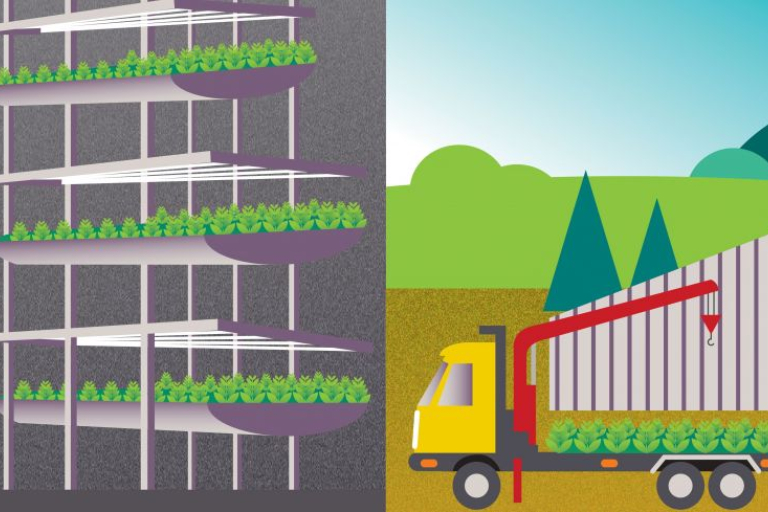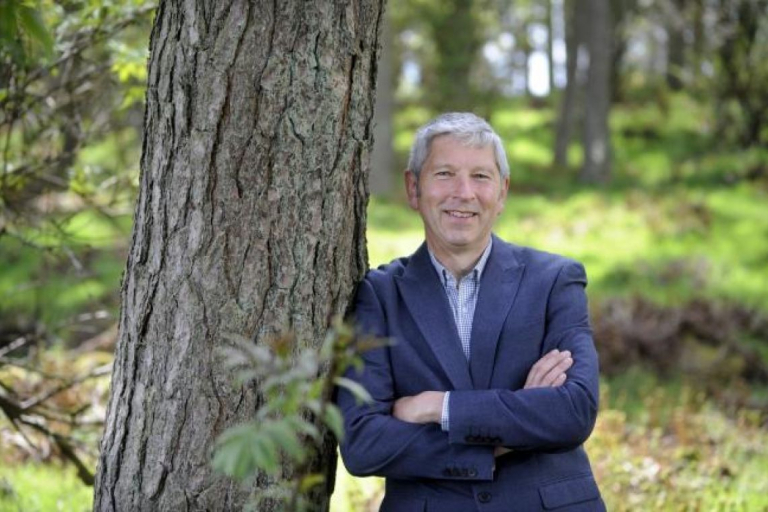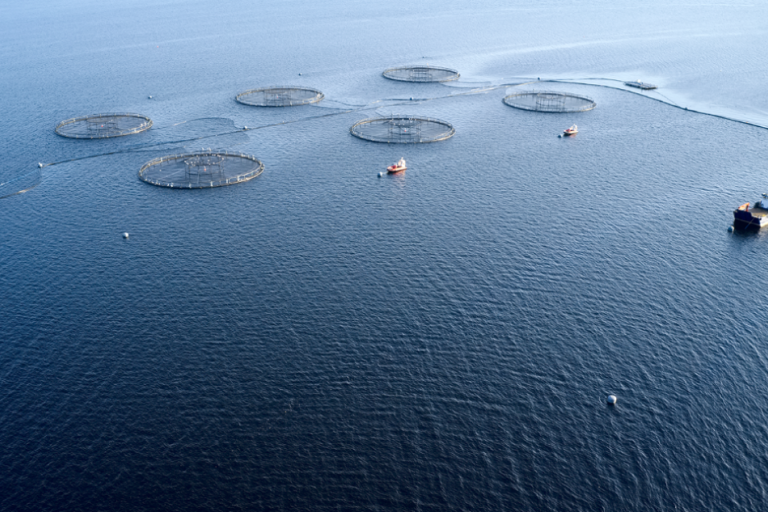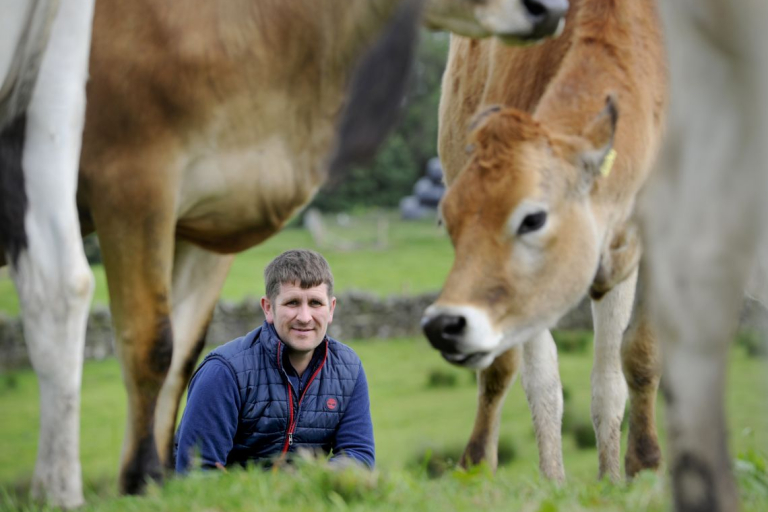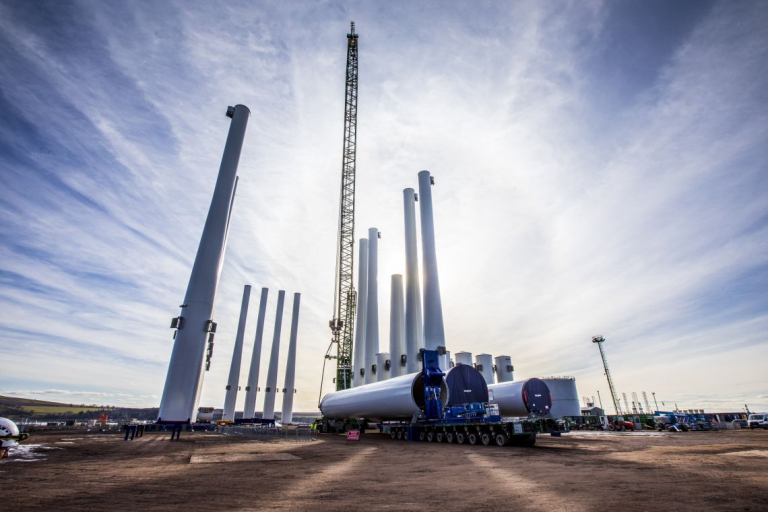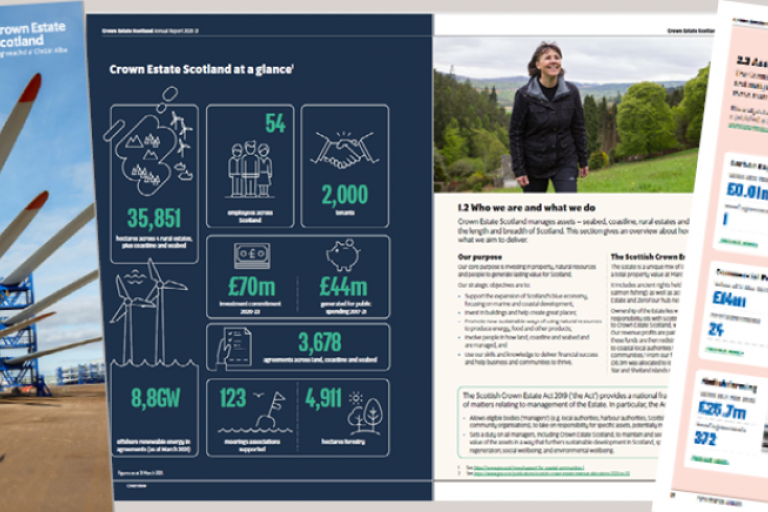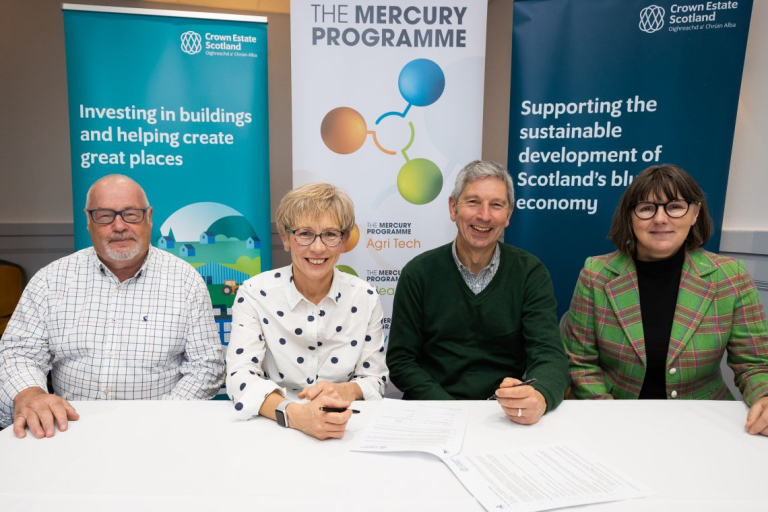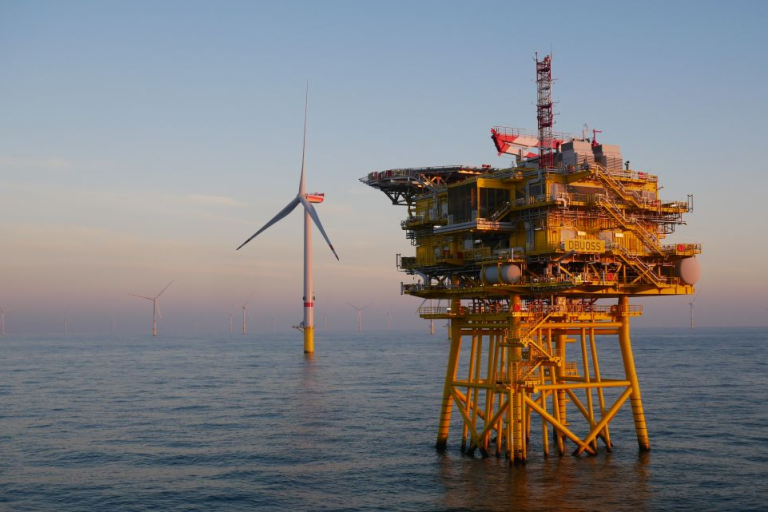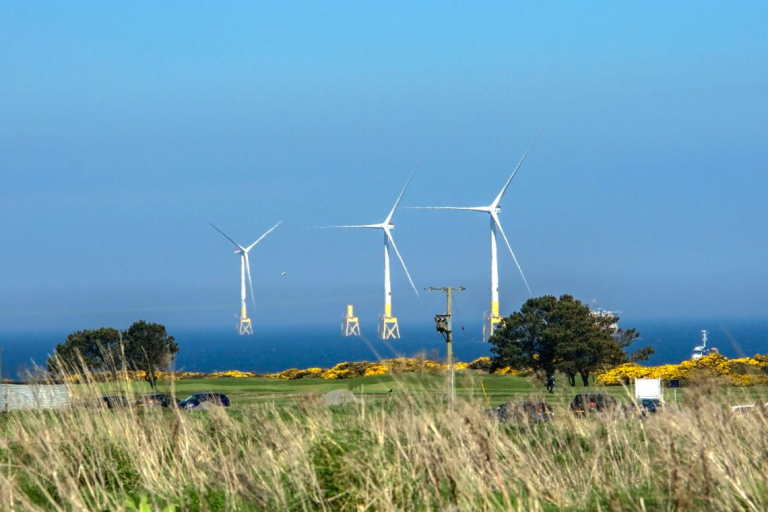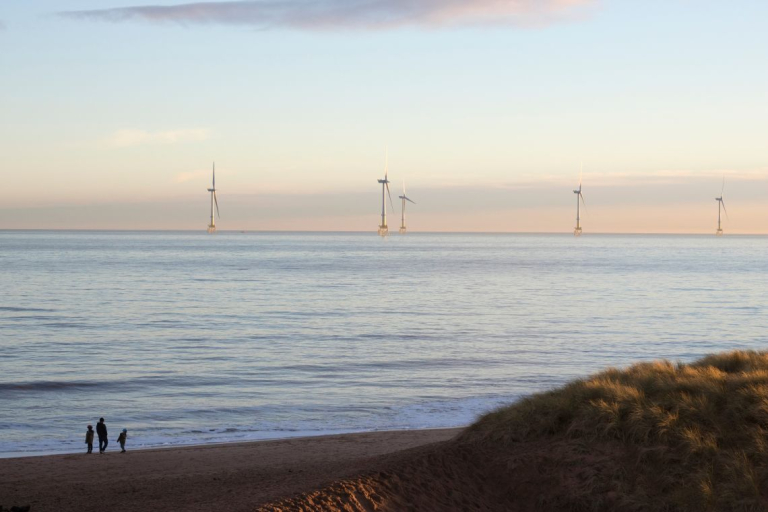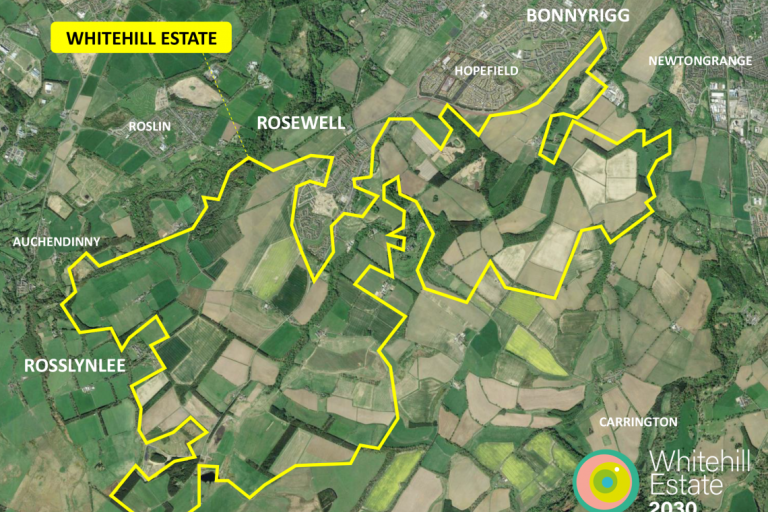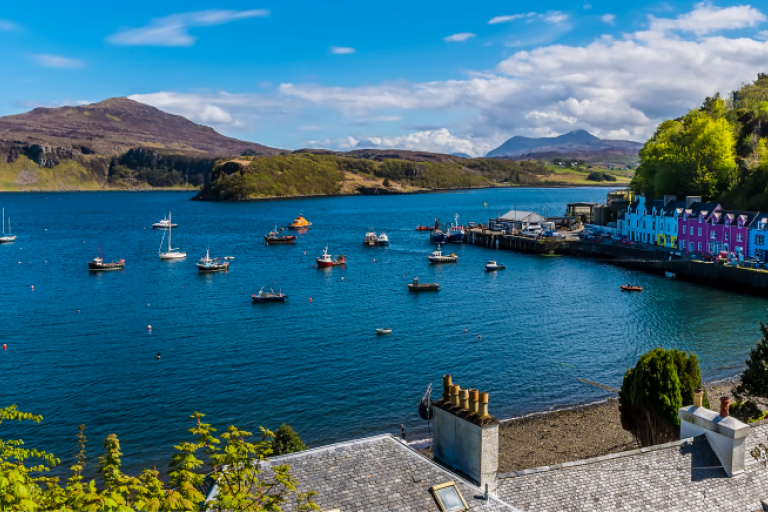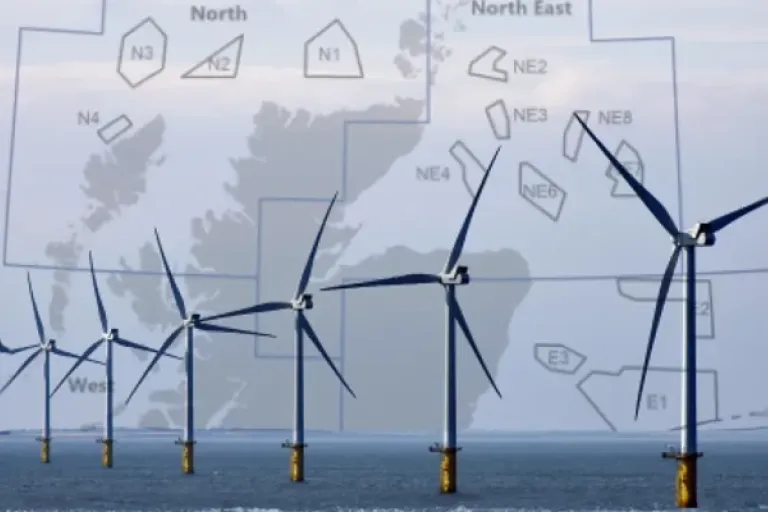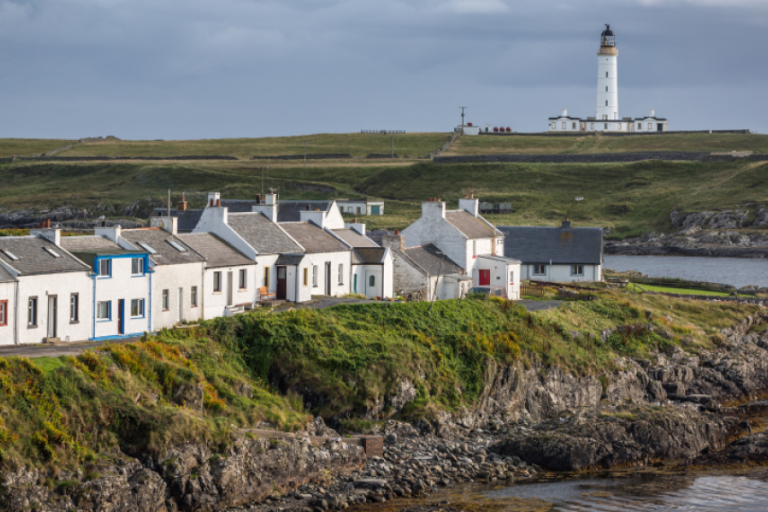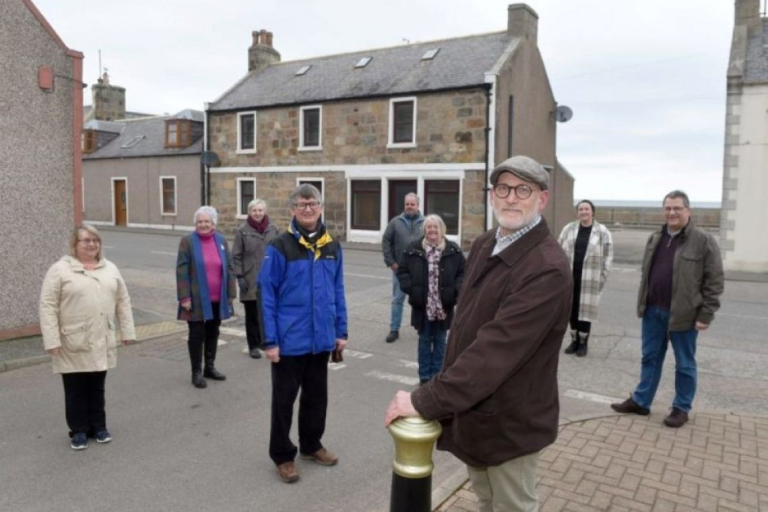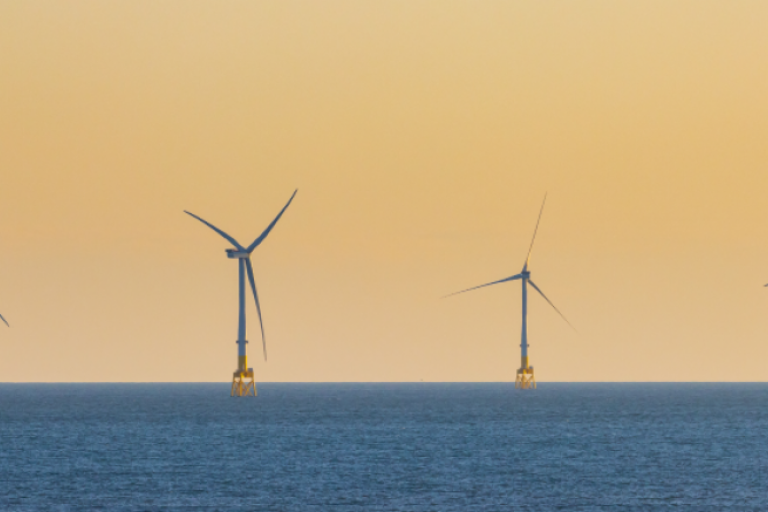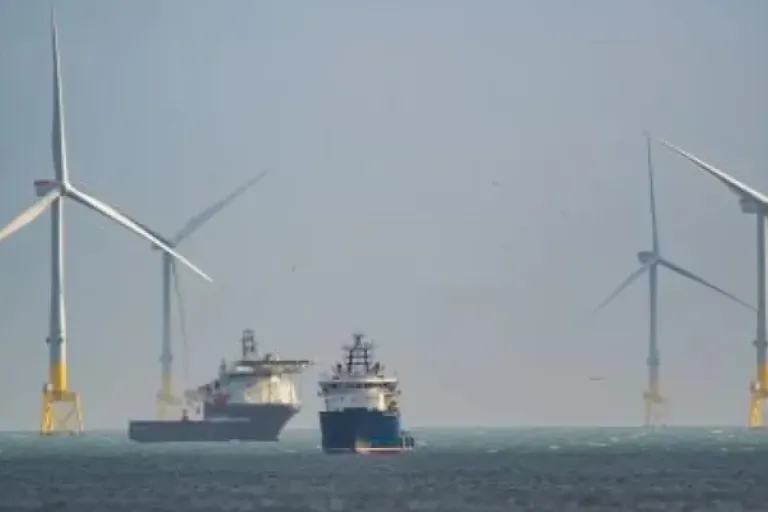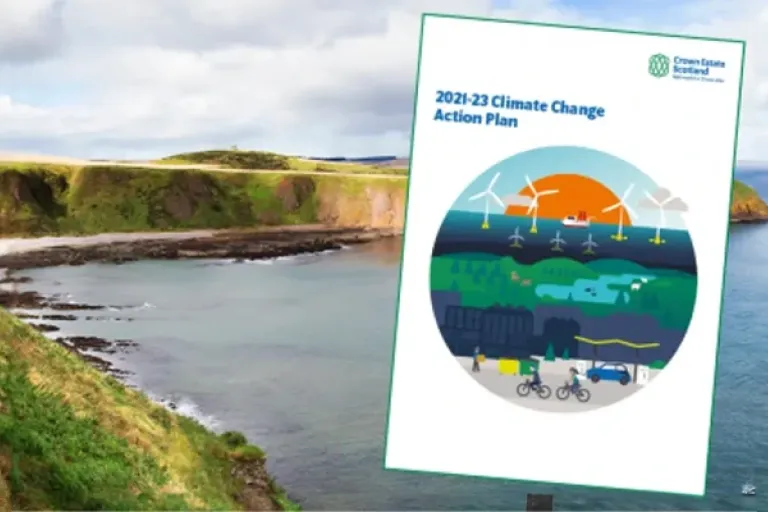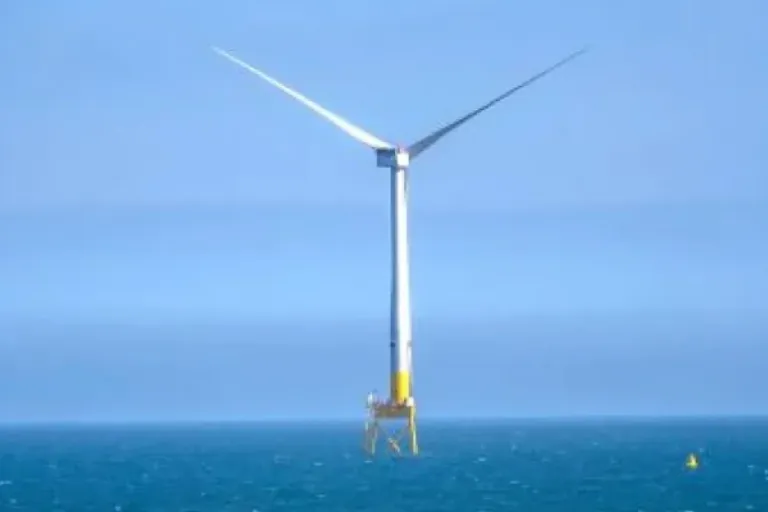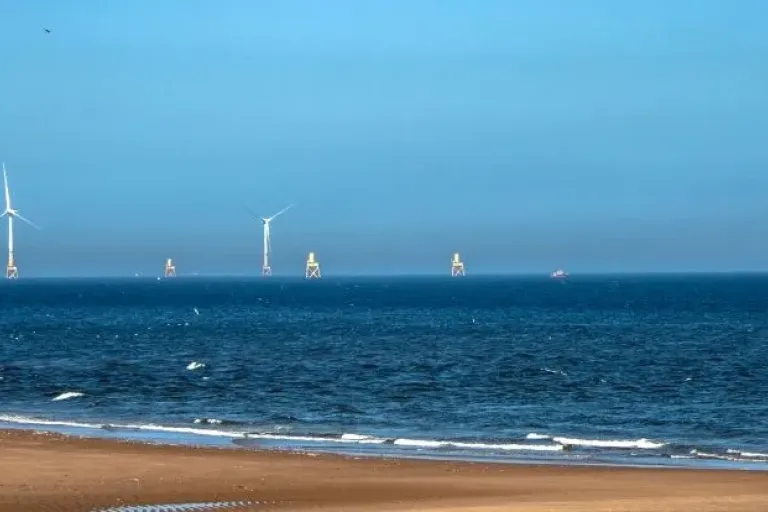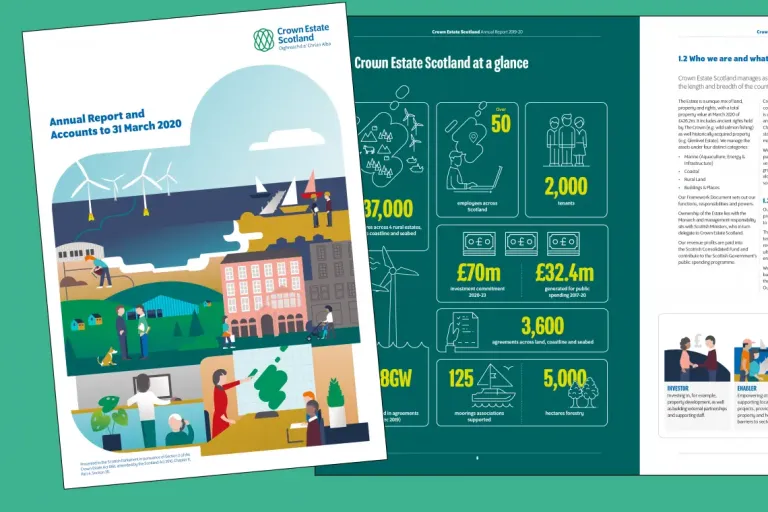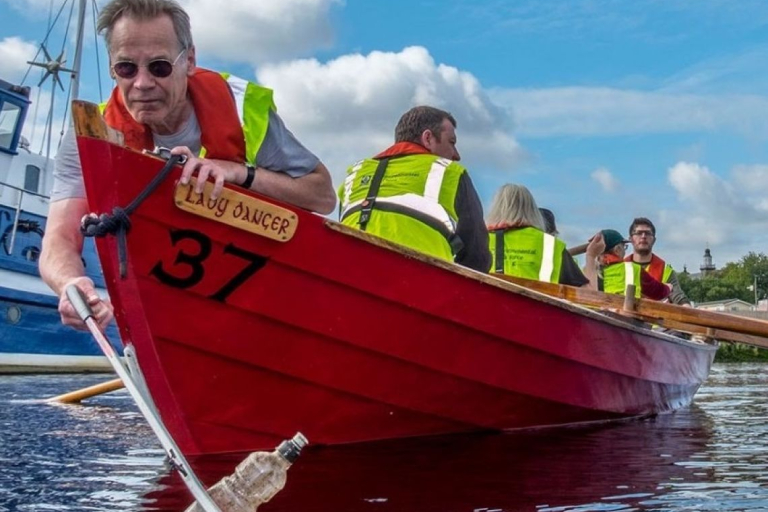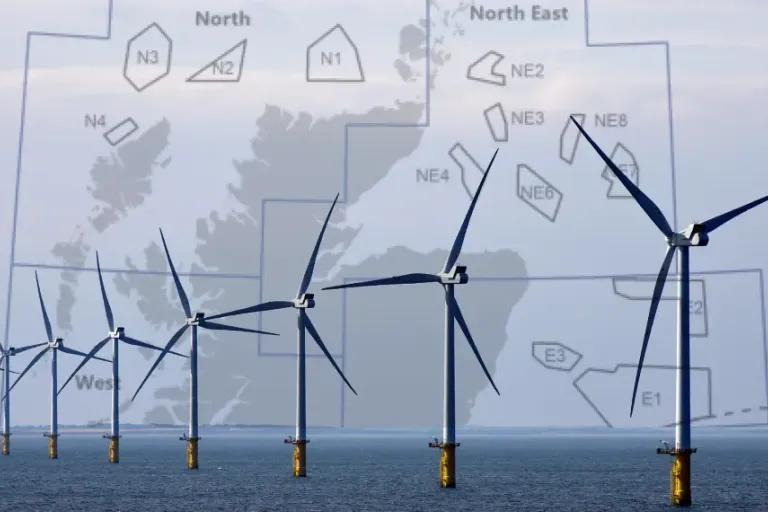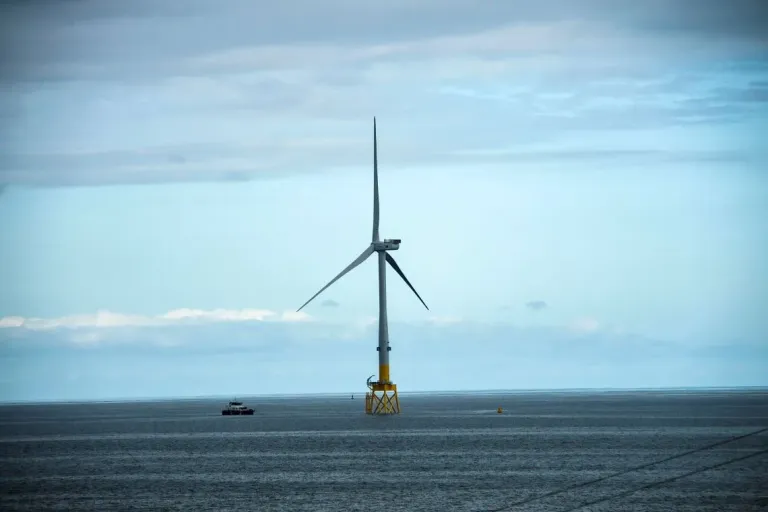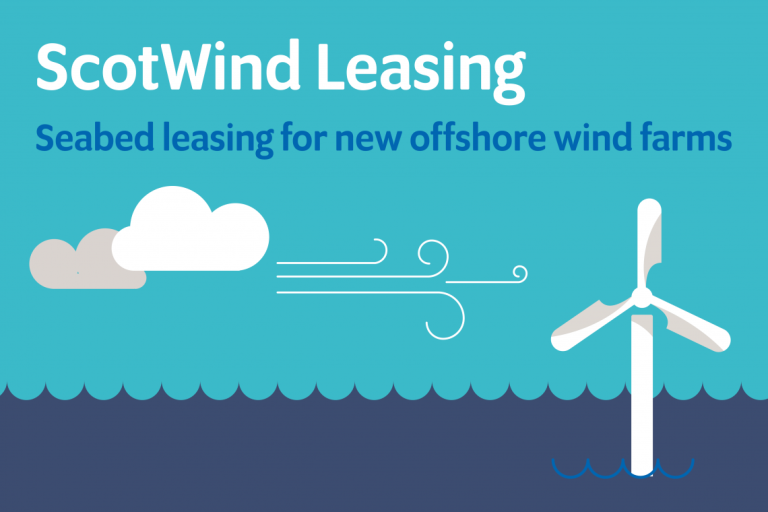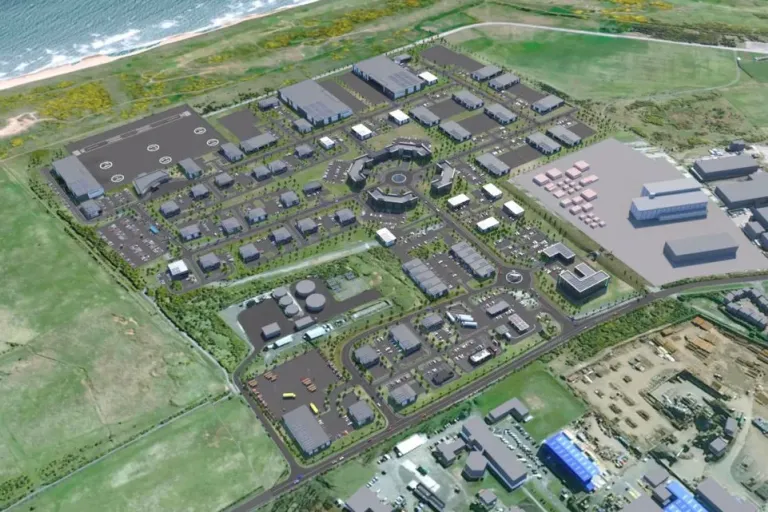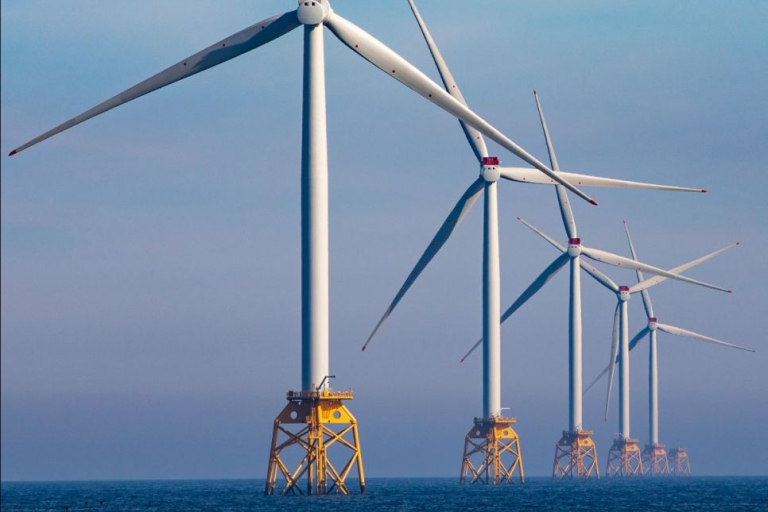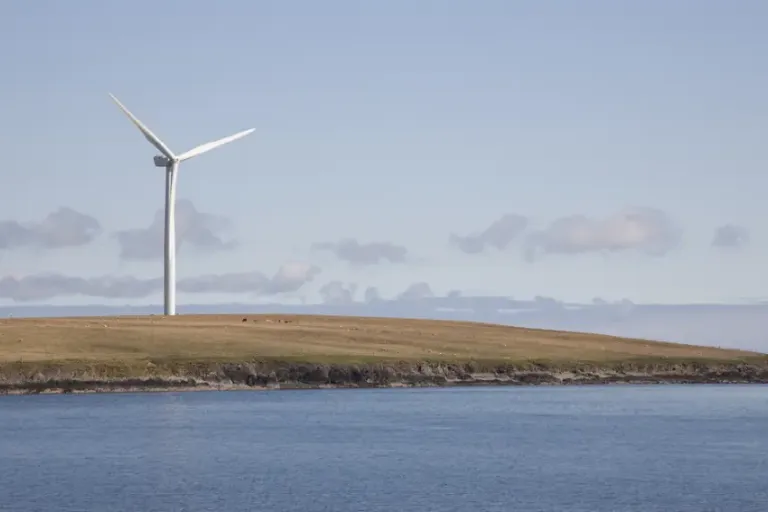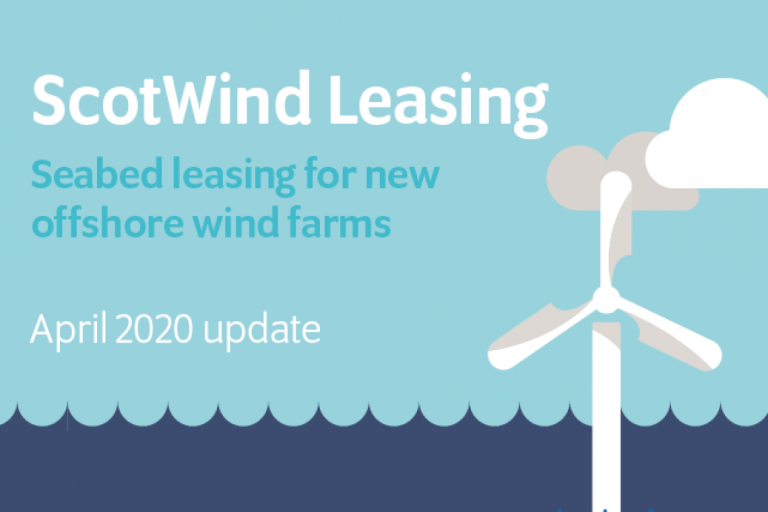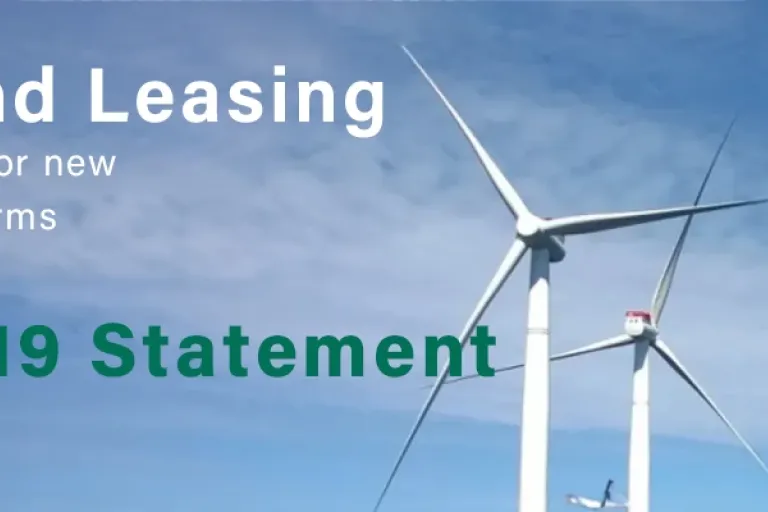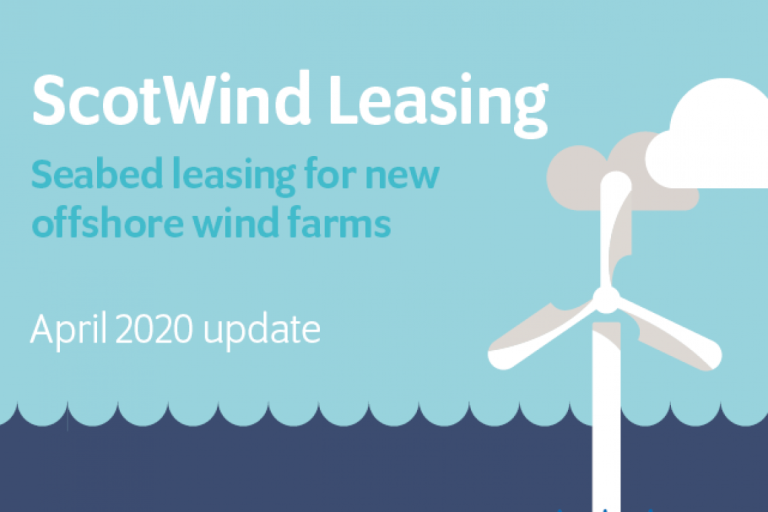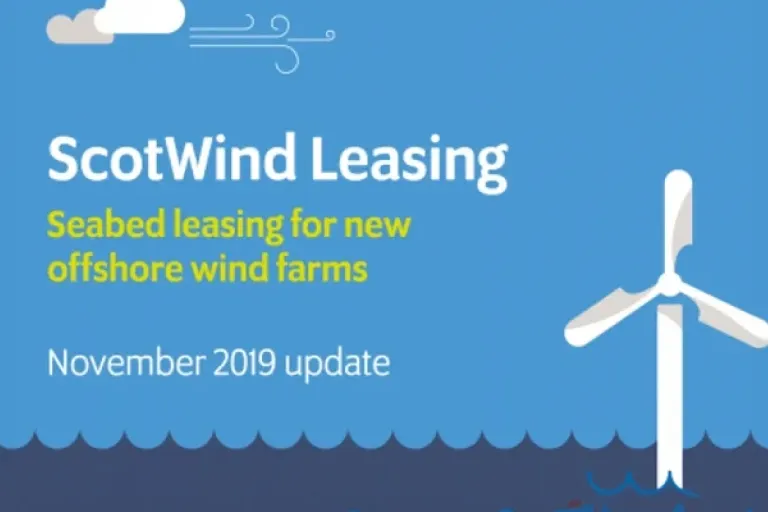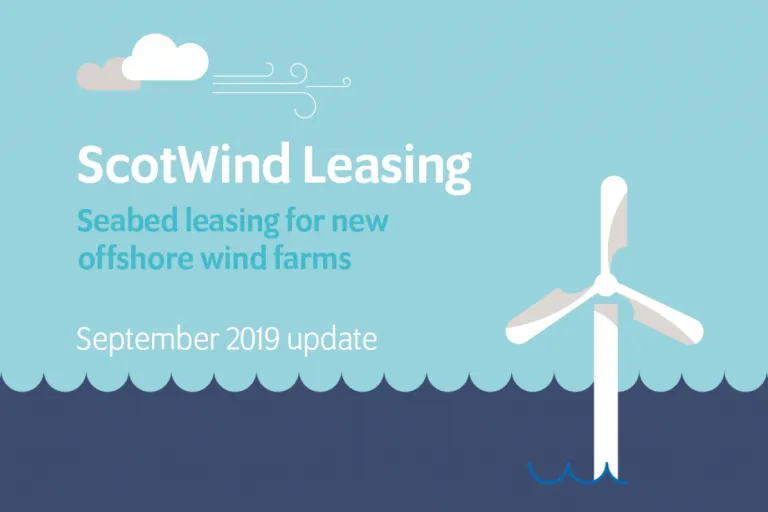Request:
Litter volume and composition
-
Do you regularly record a breakdown of litter tonnage by component materials? If you don’t separate data in this way, do you estimate the composition of litter?
-
Do you regularly record a breakdown of the litter materials that go into residual waste and recycling?
Data that informs litter management
-
Do you collect litter on the ground data for all your land types? Do you collect footfall data for different land types? If yes, how do you collect this & what proportion do you collect it for?
-
Do you overlay weather data with litter on the ground data?
-
Do you collect data on any other variables that might explain changes in littering? If yes, what other data do you collect?
Litter prevention activities
-
Have you carried out any litter prevention activities or interventions in the last three financial years (these could include – educational signage and campaigns, interest group activities, infrastructure, improved surveillance, strategic landscaping)? If yes: please list and describe the factors that informed the intervention’s design.
-
Did you work with any internal or external partners when planning litter prevention activities or interventions? If yes, please list these partners.
-
Have you collected data on the impact and/or effectiveness of these litter prevention interventions? What measures of impact and/or effectiveness did you use?
Response:
Litter volume and composition
-
For our marine estate (include foreshore, seabed and aquaculture) we do not collect such data (10(4)(a) under EIRs – does not hold the information is applied).
Enclosed is Document 1 (2021-12-20_RU_COPLAR_Litter_Inspections_Recording_redacted.pdf): a copy of the recording spreadsheet used for our obligations under Code of Practice on Litter and Refuse (Scotland) 2018 [COPLAR] tracker used by our Glenlivet office and managing agents (Strutt & Parker).
The redactions relate to personal data as defined in UK General Data Protection Regulation 2018 (UKGDPR) and releasing such information would contravene the principles. Therefore exception 11(2) third party personal data under EIRs is applied.
-
For our marine estate (include foreshore, seabed and aquaculture) we do not collect such data (10(4)(a) under EIRs – does not hold the information is applied).
See Document 1 for our Rural estates, including our Glenlivet estate.
Data that informs litter management
-
With regards to our marine estate (foreshore, seabed and aquaculture) we do not collect litter data, (10(4)(a) under EIRs – does not hold the information is applied).
See Document 1 for our Rural estates, including our Glenlivet estate.
- We do not collect such data, (10(4)(a) under EIRs – does not hold the information is applied).
- We do not collect such data, (10(4)(a) under EIRs – does not hold the information is applied).
Litter prevention activities
-
& 7. & 8. Crown Estate Scotland has installed Dog Fouling signs at various sites in response to what our we and members of the public have observed in areas that are prone to dog fouling. Crown Estate Scotland, particularly part of our Glenlivet Estate, have adhoc social media posts regarding responsible access duties, including littering. We also share Cairngorms National Park messaging. Crown Estate Scotland’s Glenlivet Head Ranger also holds various walks to groups throughout the year and includes the ’leave no trace’ message.
For our aquaculture assets, Crown Estate Scotland introduced a reporting requirement for the management of plastics under our Root and Branch Review. This obligation means that our tenants must keep an inventory of plastic procured and disposed/recycled. Guidance can be found here: Annual sustainability reporting. We are in the process of gathering the first reports.
Crown Estate Scotland sponsored Keep Scotland Beautiful on their Upstream Battle project. Upstream Battle is about stopping litter on its journey from the source in towns, cities, to drains and waterways, which eventually end up in the sea. The reports which assess the impact of the project can be found here:
upstream-battle-river-tay-phase-1-report.pdf (keepscotlandbeautiful.org)
upstream-battle-clyde-phase-2-report.pdf (keepscotlandbeautiful.org)We have also funded the Marine Conservation Society to take forward the Cool Seas project. Cool Seas is a marine education roadshow supporting children from diverse socio-economic backgrounds to build their knowledge on the sea and to thrive outdoors. It supports young people to learn about the marine environment through practical activity that aids collaboration and scientific investigation. Refer to enclosed Document 2 (ScottishEducationRoadshow_CrownEstateScotland_FinalReport_Redacted.pdf), and Document 3 (End of Project Report - Feb 1 - Mar 31 2023 Crown Estate Scotland MCS FINAL revised_redacted.pdf) - reports on the impacts of the project.
The redactions relate to personal data as defined in UK General Data Protection Regulation 2018 (UKGDPR) and releasing such information would contravene the principles. Therefore exception 11(2) third party personal data under EIRs is applied.
Crown Estate Scotland also provides funding for two Marine Litter Development Officers employed by the Scottish Island Federation; one based in the Western Isles and one in the Northern Isles. Crown Estate Scotland is providing £60,000 funding over three years (started in 2023). The role of the Marine Litter Development Officers’ is to address marine litter in several ways, such as organising beach cleans, developing citizen science research and working with local industry to reduce waste.
Crown Estate Scotland sit on the Marine Litter Strategy Steering Group facilitated by Scottish Government.

